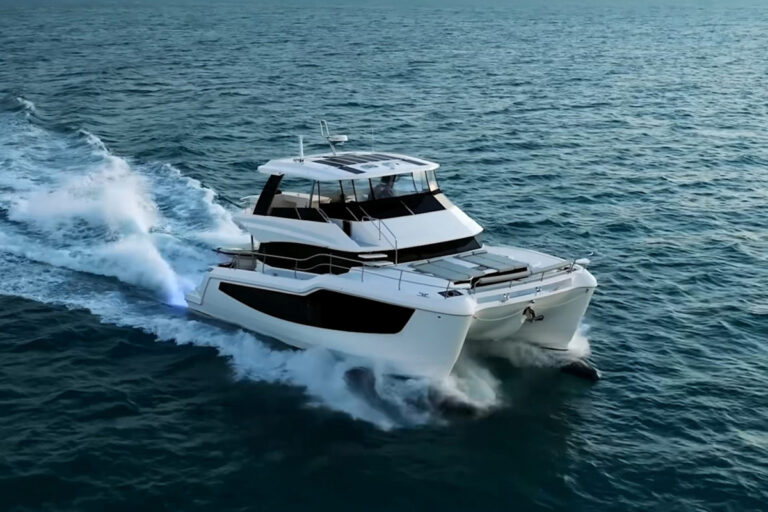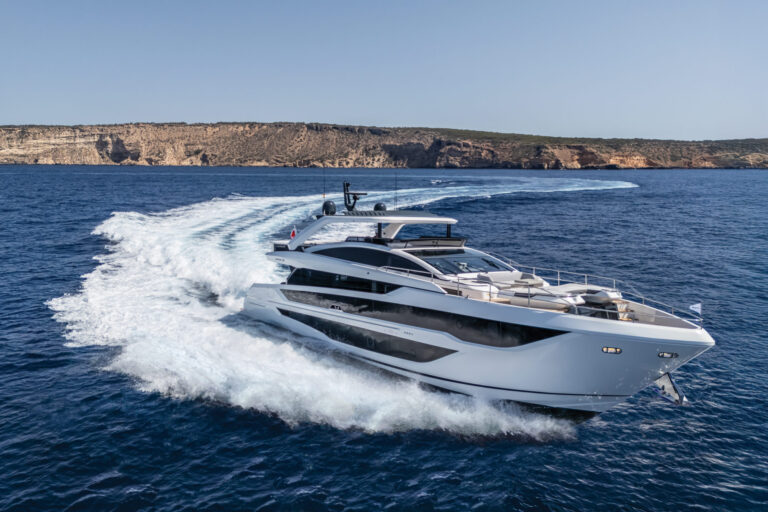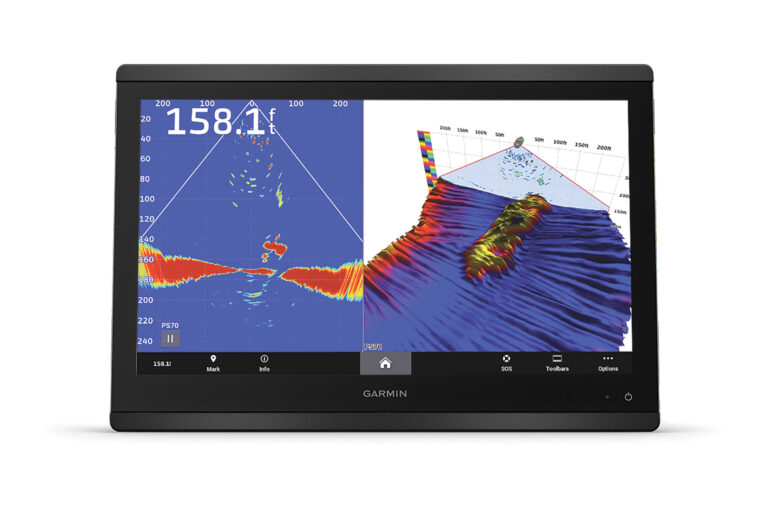Prudent mariners tend to prepare for unforeseen circumstances that might arise on their yachts, but one concern often overlooked, especially by coastal cruisers, is how to keep your yacht afloat in case of a breach in the hull. Tow-assist companies and the U.S. Coast Guard can help in these situations, but plan on being self-sufficient enough to ensure your yacht stays afloat until help arrives.
Prepare by reviewing the bilge pumps already installed on your yacht. Unfortunately, quite a few builders often install inadequately sized pumps. Install an electric bilge pump that can keep up with the inflow of water if the largest inlet fails to be safe. For many yachts, this would be the raw-water intake. I’m also a fan of yachts with raw-water sea chests and common drains that tie incoming and outgoing water into a common source, reducing the number of penetrations in the hull.
Once your pumps are correctly sized, be sure you have enough of them and that each bilge compartment is properly served by a pump. I’ve been surprised to find lazarettes with large opening hatches in the cockpit without a bilge pump at the lowest point. The mechanisms used to secure these hatches are often flimsy and can float free if a large sea boards the transom, causing a chain of serious events. Be sure the hatch or hatches are secured with tight positive locks. Paying more for a snug hatch secured at two corners is wise. At the very least, make sure there is an electric bilge pump with a float switch in this area. Bilge indicator lights at the helm (all helm stations) are recommended. These will light when a particular pump is on, and will help keep the captain informed of what is going on below. Also, be sure to have properly sized built-in manual pumps on board that can continue to operate if you lose power.
A tidy bilge and in-line strainers on the bilge pumps can prevent sinking due to clogged pumps. Believe it or not, brand-new boats can have the most debris floating around in the bilge. I’ve pulled out wood chips, washers, wire ties, screws, chunks of fiberglass and plenty of dirt from new vessels.
Nothing stops the heart faster than finding water sloshing around in the engineroom or over the floorboard when you’re offshore. Besides ensuring you have the right bilge pump and correct number of pumps, install engine intakes with a bilge suction by-pass, which are easy to operate. The principle is simple: If a large amount of water is coming in, a valve is turned (some systems require a plug to be removed), and the running engines suck water from the bilge, not the sea.
As a last resort, if you find yourself in a similar situation without these by-pass valves, you can achieve a similar result by removing the hose from the raw-water strainer(s) and placing it directly into the bilge. Again, keeping a clean bilge will reduce the chances of clogging the cooling circuit with debris.
All mariners dread a sinking scenario, but if you are prepared ahead of time and develop a response procedure, you will be better suited to address the situation when adrenaline is flowing like water.








